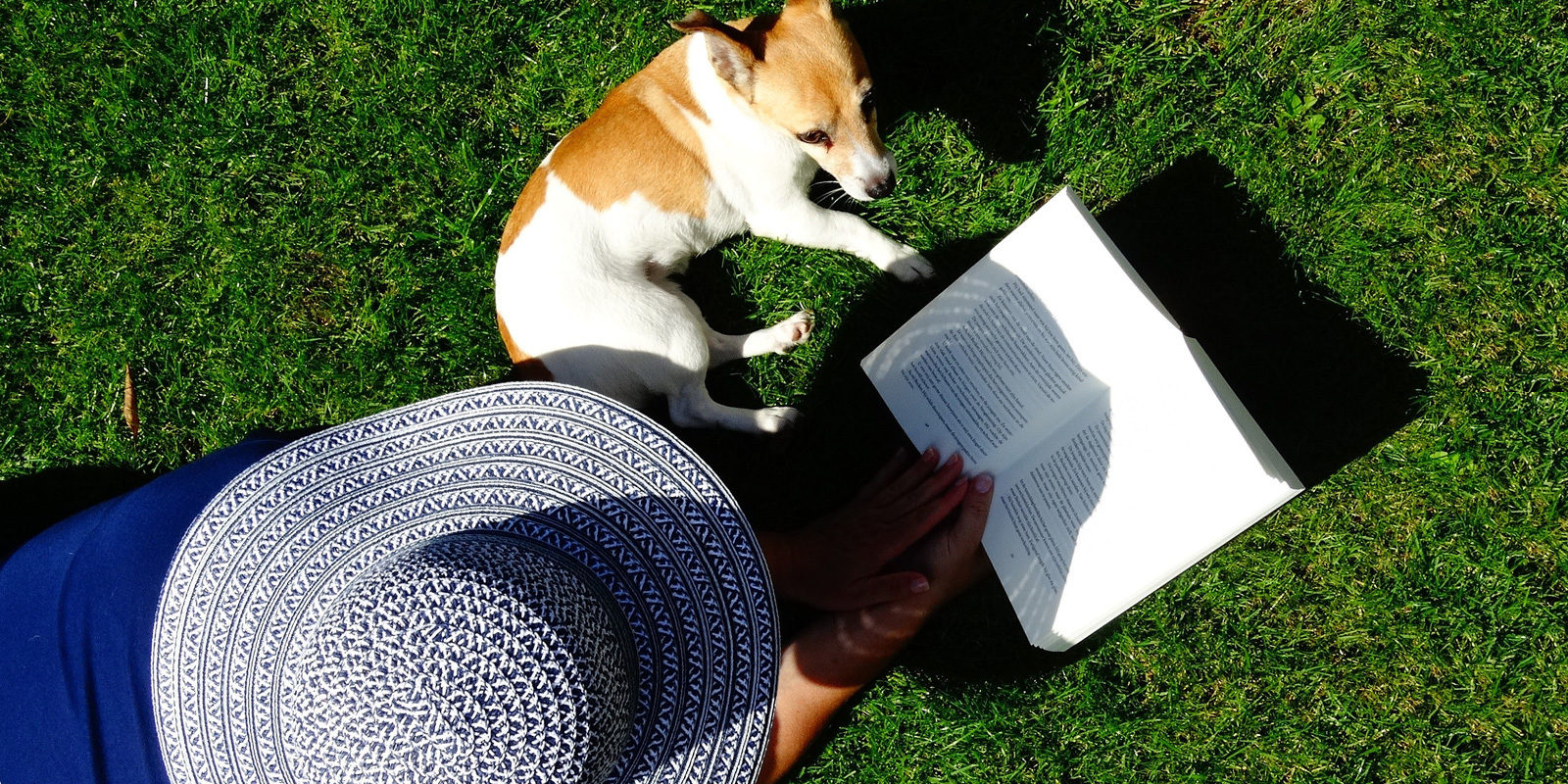It’s summertime, and the reading is easy.
Assuming you know exactly what you’d like to read, of course. For those suffering from a severe case of book-choice paralysis, our L&S faculty members (and some of our Dean’s Ambassadors, too) are here again to offer great options to keep you riveted and curious. Learn how to (almost) live forever, reimagine how you think about cities, and dive into a Nigerian spin on the myth of Hades and Persephone. Now that’s what we’d call a solid what-I-did-this-summer essay.
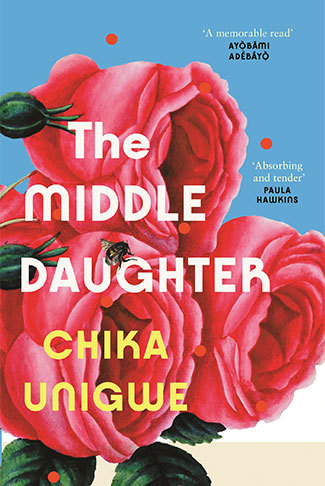
The Middle Daughter, by Chika Unigwe
Recommendation by: Ainehi Edoro, assistant professor, Department of English
I recently read and thoroughly enjoyed The Middle Daughter by Nigerian novelist Chika Unigwe, published a few months ago. The novel is a moving retelling of Persephone's abduction by Hades in the classic Greek tale. Set in Enugu, a city in Eastern Nigeria, the story is about a young woman named Nani who falls in love with a sweet-talking preacher. But her enchantment with him quickly wanes when she discovers his sinister side. As he grows increasingly controlling to the point of holding her physically hostage, she has no choice but to plot her escape. The Middle Daughter is powerful as a feminist anthem, but it is also simply a gripping drama and captivating summer read. Check out 41 African Page-Turners for Your Summer Reading for more recommendations.
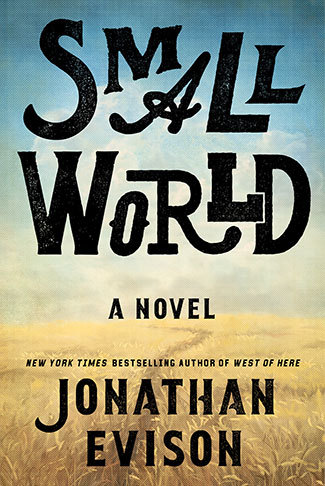
Small World, by Jonathan Evison
Recommended by: Taryn Hanson, Philosophy and Legal Studies x’24, and Dean’s Ambassador
I’ve been a life-long fan of historical fiction, but Small World is unlike any other book I’ve read in the genre. Spanning centuries, Small World follows four separate generations of families and the impact that the American railway had on their lives and lineage, both known and unknown. I most appreciate that this novel does not shy away from the brutality of American history but tells an honest tale. It has a wide range of stories spanning from an Irish immigrant family separated at a Chicago orphanage, a family’s intense struggles trying to survive after escaping slavery, and the intense struggles of trying to survive after escaping slavery and the inhumane treatment of Native Americans and Chinese immigrants in the West. Many historical fictions tend to gloss over these truths, but Small World does not. This retelling of life in 19th-century America also sets the stage for modern characters' plights. It is the sheer honesty of this book that makes it so riveting. I could not put it down. I loved being able to follow four different families and experience each of their lives. Their shared connection of the railway provided an almost comforting demonstration that no matter how dissimilar people's lives may be, we are often more attached than we think.
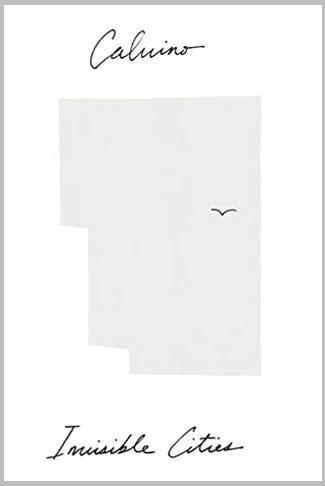
Invisible Cities, by Italo Calvino
Recommendation by: Mou Banerjee, assistant professor, Department of History
I have read Invisible Cities multiple times, and I have returned to it again this summer. Written by the Italian author Italo Calvino and structured as a dialogue between the Mongol emperor Kublai Khan and his visitor, the Italian adventurer Marco Polo, the book consists of prose poems describing 55 fictional cities.
I am visiting my hometown in India after almost 15 years, and the experience has sent me back to Calvino’s meditation on our relationship to the many places and spaces we inhabit throughout our lives. As a historian, I am deeply engaged with the past and with the ways in which our memory can change our perceptions of our past selves and the places where we might once have been happy.
Therefore, as an immigrant to the United States who has briefly returned home, Invisible Cities has become even more poignant to me. There are multiple such cities, in our memories, in our dreams and desires—those cities we have lost, those we inhabit, and those that we have yet to find. As Marco Polo tells Kublai Khan, “Arriving at each new city, the traveler finds again a past of his that he did not know he had: the foreignness of what you no longer are or no longer possess lies in wait for you in foreign, unpossessed places.” At any moment that I am walking through the streets of my childhood hometown, I am simultaneously also at the Union Terrace, watching the blue waves on Lake Mendota as I tell my sister about my life in Madison.
This is a very slim book, easy to read and beautifully philosophical. I recommend this extraordinary novel and its brilliant meditations on the human experience, on our culture, on memory and time to the UW–Madison family with great pleasure.
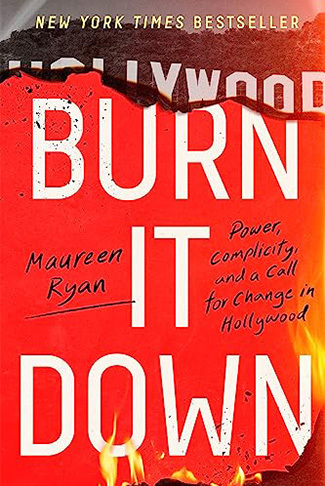
Burn It Down, by Maureen Ryan
Recommendation by: Derek Johnson, professor and department chair, Department of Communication Arts
I’m currently reading Burn It Down: Power, Complicity, and a Call for Change in Hollywood (Mariner Books, 2023). Long-time entertainment journalist Maureen Ryan confronts the toxic work culture that makes it seem normal and natural for people to suffer in the name of creativity. In the process, Ryan dispels myths about value, freedom, progress and meritocracy that have made it hard to question the way things work in Hollywood.
From television’s Lost and Saturday Night Live to blockbuster cinema like Star Wars, it’s an account of high-stakes working conditions that are sexist, racist, physically and emotionally harmful, and sometimes even deadly; yet Ryan also presents a concrete vision of a better future in which leadership is more accountable while the people who entertain us are better supported and empowered to speak more openly. Above all, she stages this intervention because she cares deeply about film and television. Just like the reader, she must come to terms with her love for entertainment, knowing the foundations on which it has been built and demanding that we all deserve better. It’s an impassioned and tangible call to action that comes out of deep respect for popular storytelling and the people who tell those stories.
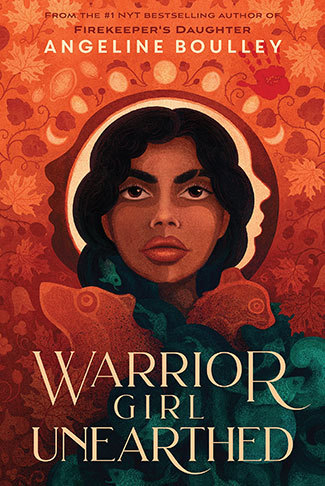
Warrior Girl Unearthed, by Angeline Boulley
Recommended by Ashton Jenks, History, Anthropology, and Classical Humanities x’24, and Dean’s Ambassador
I recently gobbled up this book in nearly one sitting just like I did with her first book, The Firekeeper’s Daughter. This sequel can be read as a standalone, but in the context of her first book, it did a fantastic job addressing some of the unsaid topics. The central plot of the book centers around a carefree Native teenager and her studious twin sister learning about the intricacies of the Native American Graves Protection and Repatriation Act (NAGPRA), the growing awareness for Missing and Murdered Indigenous Women (MMIW), and how these interact with their specific community. Like her first book, Boulley weaves an intricate mystery with many dead ends that jump-scare you later, while also mixing in Anishinaabe culture, language, and resilience. Featuring two strong female leads and a subplot of romance, this book is highly educational and sensitive regarding the issues it addresses, as well as being a noteworthy work of literary thrill and cleverness.
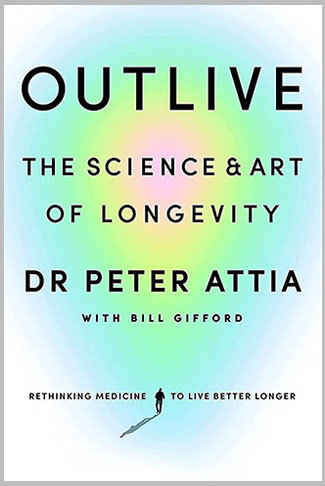
Outlive: The Science & Art of Longevity, by Dr. Peter Attia with Bill Gifford
Recommendation by: Jason M Fletcher, professor of public affairs, La Follette School of Public Affairs
Peter Attia’s Outlive: The Science & Art of Longevity provides a new addition to a large and popular genre of “living better” books that mixes autobiography, patient experiences, and summaries of breakthroughs in health/science to add up to a manifesto. Indeed, it is a blueprint but not a Bible. A blueprint has an architect that relies on their experiences and training to formulate a plan of action, which, as the book subtitle suggests, mixes science and art.
The book walks us through three phases of medicine. Medicine 1.0 lasts until the 1800s and is based on guesswork (aligning our four bodily humors) and direct observation. Medicine 2.0 arrives with germ theory and leads to sanitation and other public health measures and leverages the scientific method, which produced penicillin and many other game changers. These largely solved infectious disease but have been unable to tackle chronic diseases that now kill us (heart disease, cancer, neurodegenerative disease and metabolic dysfunction). Attia proposes that Medicine 3.0 will focus on early prevention of these and other conditions by optimizing health (now and later) through nutrition, exercise, sleep and emotional health.
This book will appeal to those who were most excited about the new Bakke Recreation & Wellbeing Center on campus. It provides an expansive blueprint on how to invest in your health that may bring benefits now, and equally important, keep you young as you age. Attia wants to do the activities he loves even when he is age 90 or 100 — he doesn’t want to “die in slow motion” over these ten years, as is so common. The book showcases new findings in assessing and promoting investing in health while you are young. Following this blueprint will take a lot of time and resources, an eye toward collecting and assessing your own exercise, diet, sleep and other data, and advocating for yourself with a clinical team. The payoff could be huge, but we’ll need to check back when you are 100.
